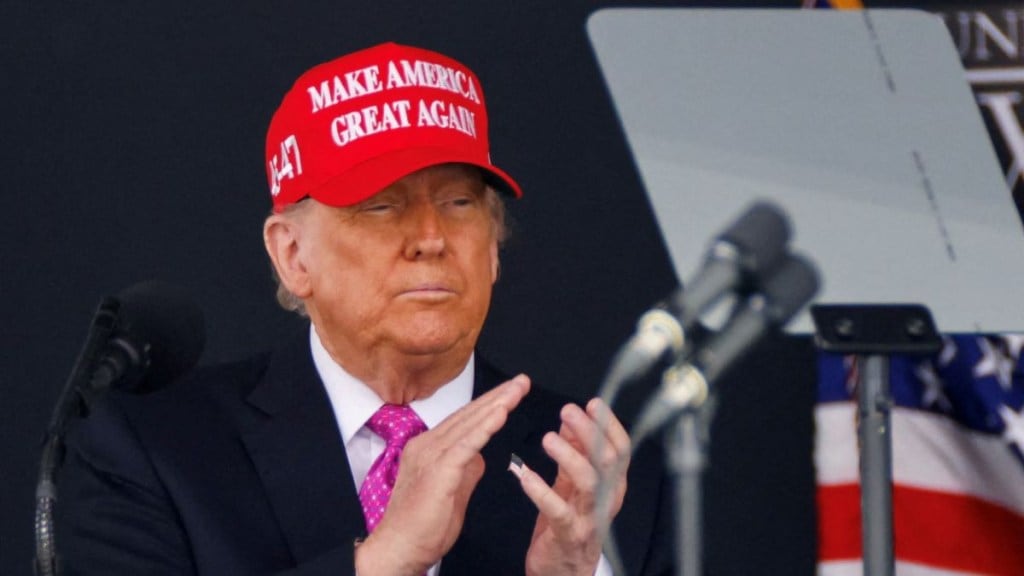US President Donald Trump announced 25% tariffs and unspecified penalties against India on Wednesday. The levies are set to go into effect from August 1, with the POTUS insisting that there would be no further extensions. Trump had announced sweeping reciprocal tariffs against nearly all imports from more than 180 countries in April — including a 26% levy against India. The impending duties will make several key exports costlier in the US and possibly disrupt the supply of Indian products. Washington is New Delhi’s third-largest investor, with $68 billion in cumulative FDI since 2002.
The US Census Bureau had previously reported that the country ran a $45.8 trade imbalance in goods with India last year — meaning it imported more than it exported. Indian goods exports to the US rose to $87 billion in 2024, with gems and jewellery ($8.5 billion), pharma ($8 billion) and petrochemicals ($4 billion) leading the list. Services exports, mainly IT and professional services, were worth $33 billion. US manufacturing exports to India — valued at nearly $42 billion in 2024 — face high tariffs, ranging from 7% on wood products and machinery to 20% on footwear and transport equipment. Food products entering India face up to 68% tax — with items such as processed foods, dairy products, and some specialty agricultural products facing these steep duties.
Will Indians be affected by the 25% tariffs?
Indian consumers will not be directly impacted by the 25% tariffs or unspecified ‘penalties’ announced by Trump. Indian goods exported to the US will become 25% more expensive from Friday — with costs often being passed down to consumers in the other country. The change in prices will only impact Americans purchasing such items after the August 1 deadline. India-exported footwear, garments, dairy products, and processed food are among the many items expected to see higher prices.
How is this a ‘punishment’ for India?
The tariffs announced by Trump will increase the cost of goods crossing borders and directly affect trade prices. India exported approximately $79.4 billion worth of goods to the United States in 2024. According to the Press Information Bureau, total exports (merchandise and services combined) have continued to grow in the ensuing months. It was estimated at approximately $ 67.98 billion in June 2025 — a 6.5% increase over June 2024. The cumulative exports for the April-June 2025 quarter are estimated at around $ 210.31 billion.
Making items more expensive to purchase from August 1 can drastically reduce margins and potentially weaken demand for Indian goods. The US is the largest market for Indian goods such as textiles, gems, and jewellery, as well as automobile parts. A 25% tariff could also reduce competitiveness and prompt automakers to reconsider India in their global supply chains — as well as threaten jobs in these labor-intensive sectors. Sizable hikes on machinery, iron, steel, plastics, and chemicals could also pose a similar problem.
Put more simply, increasing import costs could significantly reduce exports and deter global investment into Indian manufacturing. This will consequently pressure the rupee, enlarge India’s trade deficit, and drive stock market volatility.
